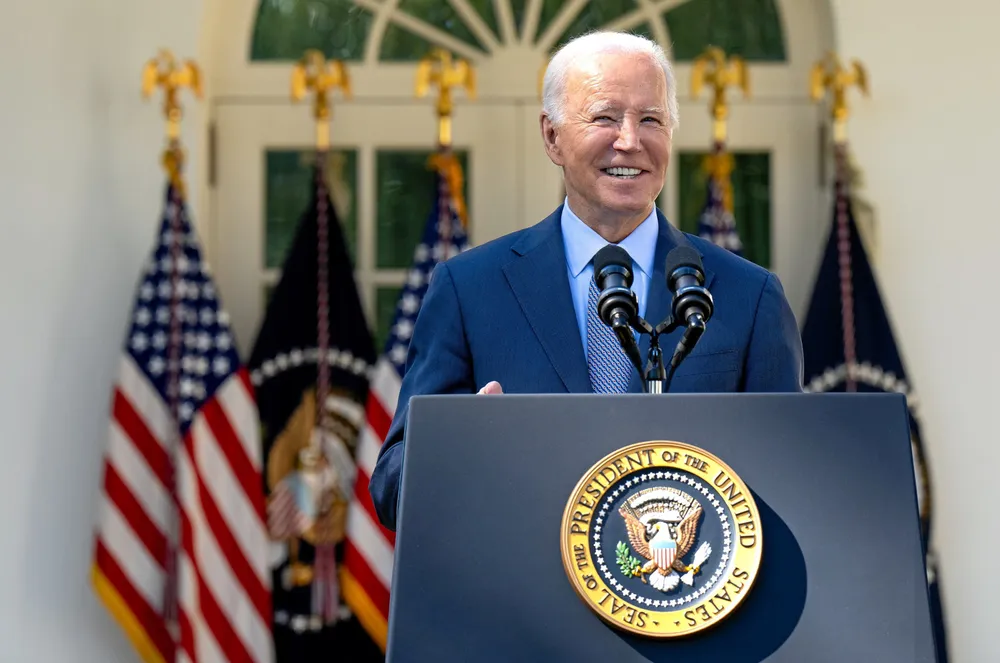US finally publishes long-delayed clean hydrogen guidelines, setting path for developers to access vital tax credits
Prospective developers have been unwilling to make final investment decisions until they could be sure their projects can benefit from the subsidy
